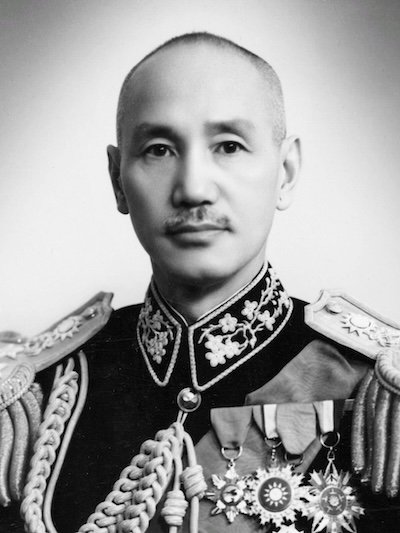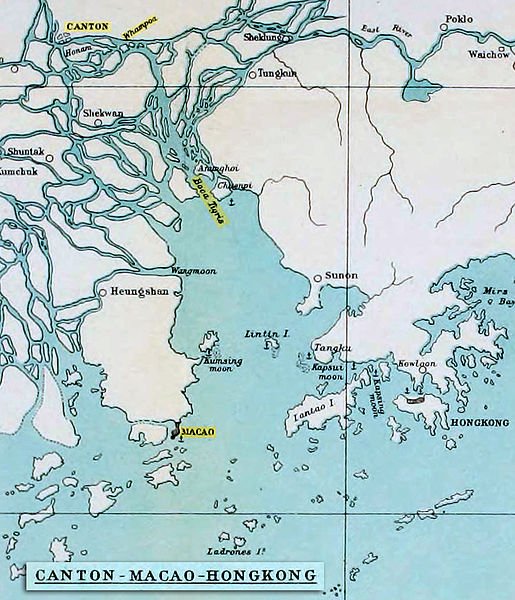China’s last dynasty was the Qing Dynasty. It was overthrown in 1911 by a coalition of nationalist forces that established the Republic of China.
From 1927 to 1937 the Nationalists fought a civil war with the Chinese Communist Party for control of the country. The conflict was mostly put on hold in order to defend against a Japanese invasion that lasted from 1937-45. After Japan’s defeat by the “Allied Powers” in World War 2, the civil war resumed. By 1948, it became clear the Communists had gained the advantage and the Nationalists began a systematic retreat to the island of Taiwan.
Chiang Kai-shek, first president of the Republic of China/Taiwain. Public Domain. https://en.m.wikipedia.org/wiki/File:Chiang_Kai-shek%EF%BC%88%E8%94%A3%E4%B8%AD%E6%AD%A3%EF%BC%89_%289to12%29.jpg
On December 8, 1949 the Nationalists officially moved their capital to Taipei, Taiwan. 1.2 million Chinese people fled the mainland to join them throughout the following year. The country was ruled under martial law until 1987.
Taiwan has a long history of invasion featuring the Dutch, the Portuguese, The Chinese, the Japanese, and others. The Taiwanese government currently recognizes 16 indigenous peoples as the original inhabitants of the island. A number of other peoples continue to struggle for official recognition.
Sources:
History- Tawain.gov
The Great Retreat- Taipei Times
Indigenous Peoples in Taiwan- IWGIA
As Taiwan Embraces its Indigenous people, it rebuffs China- CNN



